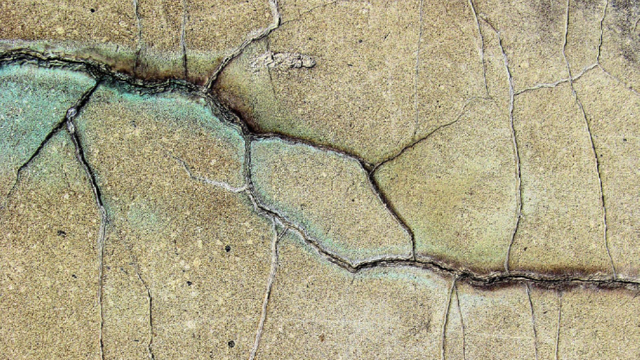Crack Repair in Concrete: Strategies and Best Practices

Concrete is a widely-used construction material that provides strength and durability to buildings, bridges, roads, and other infrastructure. However, over time, concrete can develop cracks due to various factors such as temperature changes, moisture infiltration, shrinkage or settling of the soil beneath it. These cracks not only compromise the structural integrity of the concrete but also pose safety risks to people and vehicles passing over them.
Crack repair in concrete is a crucial maintenance activity that helps prevent further damage to the structure and extends its service life. There are several strategies and best practices for successful crack repair in concrete that depend on factors like the type of crack, its size and location, as well as the desired outcome.
Defining the problem of concrete cracking
Concrete is one of the most commonly used building materials in the world, but it has a tendency to crack over time. Concrete services are available when concrete cracking can occur for a variety of reasons, ranging from poor construction practices to environmental factors such as temperature changes or moisture infiltration.
One of the biggest challenges of dealing with concrete cracking is identifying the root cause of the problem. This often requires careful inspection and analysis by experienced professionals who understand how different factors can impact concrete performance.
Causes of concrete cracking: Understanding the reasons
One of the primary reasons why concrete can crack is due to shrinkage. Concrete shrinks as it dries, which can cause tension within the material and result in cracks. Another common reason for cracking is overloading or applying too much weight on the surface of the concrete. This can occur when heavy machinery or equipment is placed on the surface or when there is an excessive amount of traffic.
Improper curing methods can also lead to concrete cracking. If the concrete is not given enough time to cure properly, it may not develop its full strength and could become more susceptible to cracking over time. Additionally, extreme temperature changes can cause expansion and contraction in the concrete, which could lead to cracks forming.
Best practices for crack repair: Preparing the surface, filling the cracks, and finishing
When it comes to crack repair in concrete, there are three important steps that must be followed: preparing the surface, filling the cracks, and finishing. Preparing the surface involves removing any loose debris or contaminants from the area surrounding the crack. This can be done using a wire brush or a pressure washer.
Once the surface is clean and dry, you can begin filling in the cracks. There are several different products available for this task, including epoxy fillers and concrete patching compounds. When choosing a product, it's important to consider factors such as the size of the crack and whether or not it will be exposed to moisture. After the crack is filled, you will need to finish the surface. This can be done with a variety of materials, including epoxy coatings and paint.
Maintenance tips to prevent future cracks: Protecting your investment
One of the best ways to protect your investment and prevent future cracks in concrete is through regular maintenance. This includes inspecting the concrete surface for any signs of damage, such as cracks or chips, and repairing them immediately. Ignoring these small issues can lead to larger problems down the road, which can be much more expensive to fix.
Another important aspect of preventing future cracks with crack repair in concrete is ensuring that the concrete is properly sealed. Sealing helps to prevent moisture from penetrating the surface and causing damage over time. It also helps to protect against staining from oil or other substances that may come into contact with the surface.
Conclusion:
In conclusion, crack repair in concrete is a crucial part of maintaining the structural integrity and aesthetic appeal of a building or structure. With the right strategies and best practices, cracks can be repaired effectively and efficiently, ensuring long-lasting results. From identifying the root cause of the crack to selecting the appropriate repair method, it is essential to follow a systematic approach to achieve success. By regularly inspecting and addressing cracks in concrete, property owners can prevent more extensive damage and costly repairs down the line. It is imperative that professionals in this field stay up-to-date with new technologies and techniques to provide their clients with the highest quality repairs possible. Let's commit to taking care of our concrete structures through proper maintenance and repair. on: Importance of proper crack repair techniques